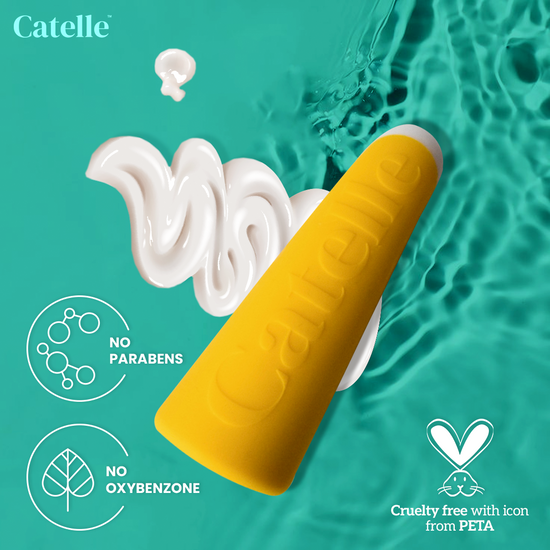Introduction:
Home waxing is a convenient and cost-effective method of hair removal. However, the pain associated with waxing can often make the process daunting and uncomfortable. Fortunately, there are several tips and techniques you can employ to make your home waxing experience less painful. By following these steps, you can achieve smooth and hair-free skin with minimal discomfort.
- Prepare your skin:
Before waxing, it is crucial to prepare your skin properly. Exfoliate the desired area a day before waxing to remove dead skin cells and help the wax adhere better to the hair. This step also helps prevent ingrown hairs. Additionally, make sure your skin is clean, dry, and free from lotions or oils. Applying a light layer of baby powder can also absorb excess moisture, allowing the wax to grip the hair more effectively.
- Opt for hard wax:
Consider using hard wax instead of soft wax for home waxing. Hard wax is less painful because it only adheres to the hair, not the skin. When the wax hardens, you can remove it by gently pulling it off in the opposite direction of hair growth. Soft wax, on the other hand, adheres to both the hair and skin , making the process more painful and potentially causing skin irritation.
- Take pain relievers:
If you're particularly sensitive to pain, consider taking an over-the-counter pain reliever like ibuprofen or acetaminophen about 30 minutes before waxing. This can help reduce discomfort during the process. However, always consult with a healthcare professional before taking any medication.
- Apply a numbing cream:
Another option to minimize the pain of home waxing is to apply a numbing cream to the area you plan to wax. These creams work by numbing the skin, making the process more bearable. Be sure to follow the instructions provided with the numbing cream and allow the recommended time for it to take effect.
- Control the temperature of the wax:
Maintaining an optimal temperature for the wax can significantly reduce pain during home waxing. Make sure the wax is heated to the recommended temperature provided by the manufacturer. If the wax is too hot, it can cause burns and increase discomfort. On the other hand, if the wax is too cold, it may not effectively remove the hair.
- Pull the wax strip correctly:
The way you pull the wax strip is crucial in minimizing pain. Hold the skin taut with one hand and, with a quick and firm motion, pull the wax strip off in the opposite direction of hair growth. Pulling the strip parallel to the skin can cause more pain and may not effectively remove the hair. Remember to breathe deeply and exhale as you pull the strip to alleviate some of the discomfort.
- Apply pressure after waxing:
After removing the wax strip, apply gentle pressure to the waxed area using your hand or a clean cloth. This helps soothe the skin and reduces any residual pain. You can also apply a calming post-waxing product, such as aloe vera gel or a moisturizer specifically designed for post-wax care, to calm and nourish the skin.
Conclusion:
While home waxing may never be entirely painless, following these tips can significantly minimize the discomfort associated with the process. By adequately preparing the skin, choosing the right type of wax, and employing pain-reducing techniques, you can make your home waxing experience a less painful and more effective way to achieve smooth, hair-free skin. Remember, practice makes perfect, so don't be discouraged if your first few attempts are a bit uncomfortable. With time, you'll become more skilled at home waxing and find ways to make it even more bearable.




